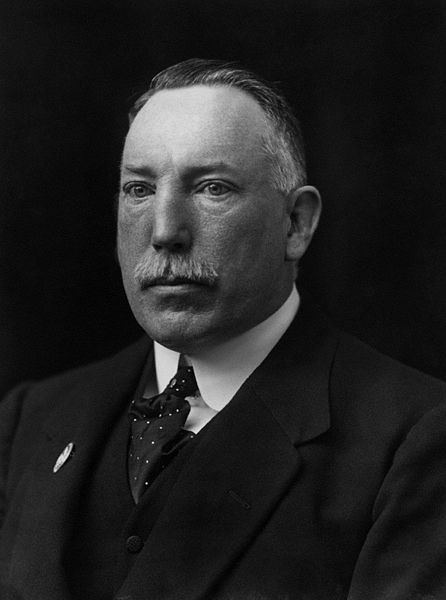Segregation in Northern Ireland
Segregation in Northern Ireland is a long-running issue in the political and social history of Northern Ireland. The segregation involves Northern Ireland's two main voting blocs—Irish nationalist/republicans and British unionist/loyalist. It is often seen as both a cause and effect of the "Troubles".
A 5.5 metre (18') high "peace line" along Springmartin Road in Belfast, with a fortified police station at one end
Gates in a peace line in West Belfast.
Back of a house behind a "peace line", on Bombay Street Belfast
The Troubles were an ethno-nationalist conflict in Northern Ireland that lasted for about 30 years from the late 1960s to 1998. Also known internationally as the Northern Ireland conflict, it is sometimes described as an "irregular war" or "low-level war". The conflict began in the late 1960s and is usually deemed to have ended with the Good Friday Agreement of 1998. Although the Troubles mostly took place in Northern Ireland, at times violence spilled over into parts of the Republic of Ireland, England, and mainland Europe.
The Battle of the Boyne (12 July 1690) by Jan van Huchtenburg
The Ulster Covenant was issued in protest against the Third Home Rule Bill in September 1912.
Sir James Craig, 1st Prime Minister of Northern Ireland, who said, "All I boast is that we are a Protestant Parliament and Protestant State"
A monument to Northern Ireland's first civil rights march







